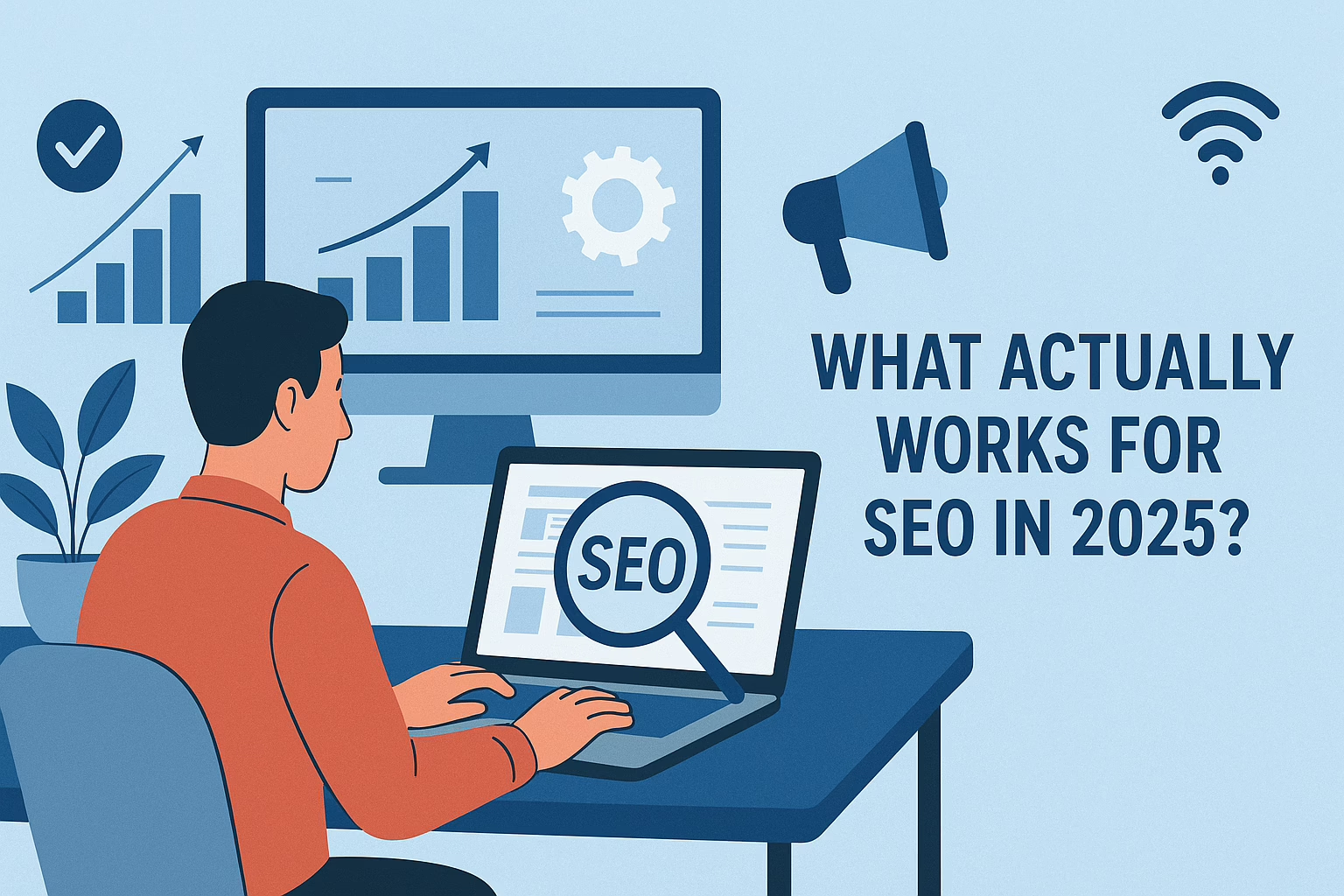In the fast-paced world of software development, bringing an idea to life while minimizing risks and costs is critical. At Sreyas IT Solutions, we specialize in building Minimum Viable Product for software development services. This will help businesses to validate their ideas, gather real user feedback, and enter the market quickly. Our expertise lies in identifying core functionalities, developing scalable solutions, and ensuring seamless user experiences from day one.
But what exactly is an MVP, and how does it transform software development? In this blog, we’ll explore the concept of MVP, mainly its role in modern software projects, and how it enables businesses to deliver value efficiently.
What is an MVP or Minimum Viable Product?
An MVP, or Minimum Viable Product, is the simplest version of a software product that includes only the essential features needed to solve a specific problem for users. It allows businesses to test their idea, gather feedback, and validate the market demand before investing heavily in full-scale development.
For example, an MVP for a task management app might include features like adding, editing, and deleting tasks, while more advanced functionalities like task reminders or calendar integration can come later.
How MVP Relates to Software Development
The MVP approach is more than just a buzzword—it’s a guiding principle for modern software development. Here’s how it aligns with key development practices:
1. Identifying Core Features
Software development often starts with a long list of features, but building them all at once can be overwhelming and resource-intensive. MVP focuses on identifying the core functionality that directly solves the user’s problem.
Example: For a ridesharing app, the MVP might include requesting rides, setting pickup/drop-off locations, and simple communication with the driver.
2. Prioritizing Simplicity
Developers can get caught up in overengineering, leading to delays and bloated products. MVP ensures a lean and focused approach, delivering a usable product quickly.
The MVP Development Process
Here’s a step-by-step approach to building an Minimum Viable Product:
Step 1: Define the Problem and Target Audience
Understand the pain points your software aims to address and identify your core users.
Step 2: Prioritize Features Using Frameworks
Use methods like the MoSCoW framework (Must-have, Should-have, Could-have, Won’t-have) to determine what to include in the first version.
Step 3: Build and Launch Quickly
Use agile methodologies to develop and release the product as soon as the core functionality is ready. Tools like wireframes or low-fidelity prototypes can be valuable at this stage.
Step 4: Gather Feedback
Release the MVP to early adopters and collect feedback on usability and features. This feedback guides future updates.
Step 5: Iterate and Improve
Enhance the product by adding features based on real user needs, making it more robust and feature-rich over time.
Benefits of MVP in Software Development
- Faster Time-to-Market: Get your product to users quickly, gaining a competitive advantage.
- Cost-Effective Development: Save resources by focusing only on essential features initially.
- Market Validation: Test the waters and ensure there’s demand for your product before scaling up.
- User-Driven Evolution: Build a product that users actually want, based on their feedback.
Minimum Viable Product Success Stories
- Dropbox: Their MVP was a simple explainer video that showcased how the product would work. It helped validate user interest before the actual development began.
- Airbnb: The founders started by renting out air mattresses in their own apartment to test if people would pay for short-term stays in non-hotel locations.
Conclusion
In software development, the Minimum Viable Product is more than just a tool—it’s a mindset that prioritizes speed, efficiency, and user feedback. By focusing on the core problem and delivering value early, businesses can reduce risks, save costs, and create software that truly resonates with their audience.
So, whether you’re a startup testing a bold new idea or a business scaling an existing product, embracing the MVP approach can set you on the path to success.








